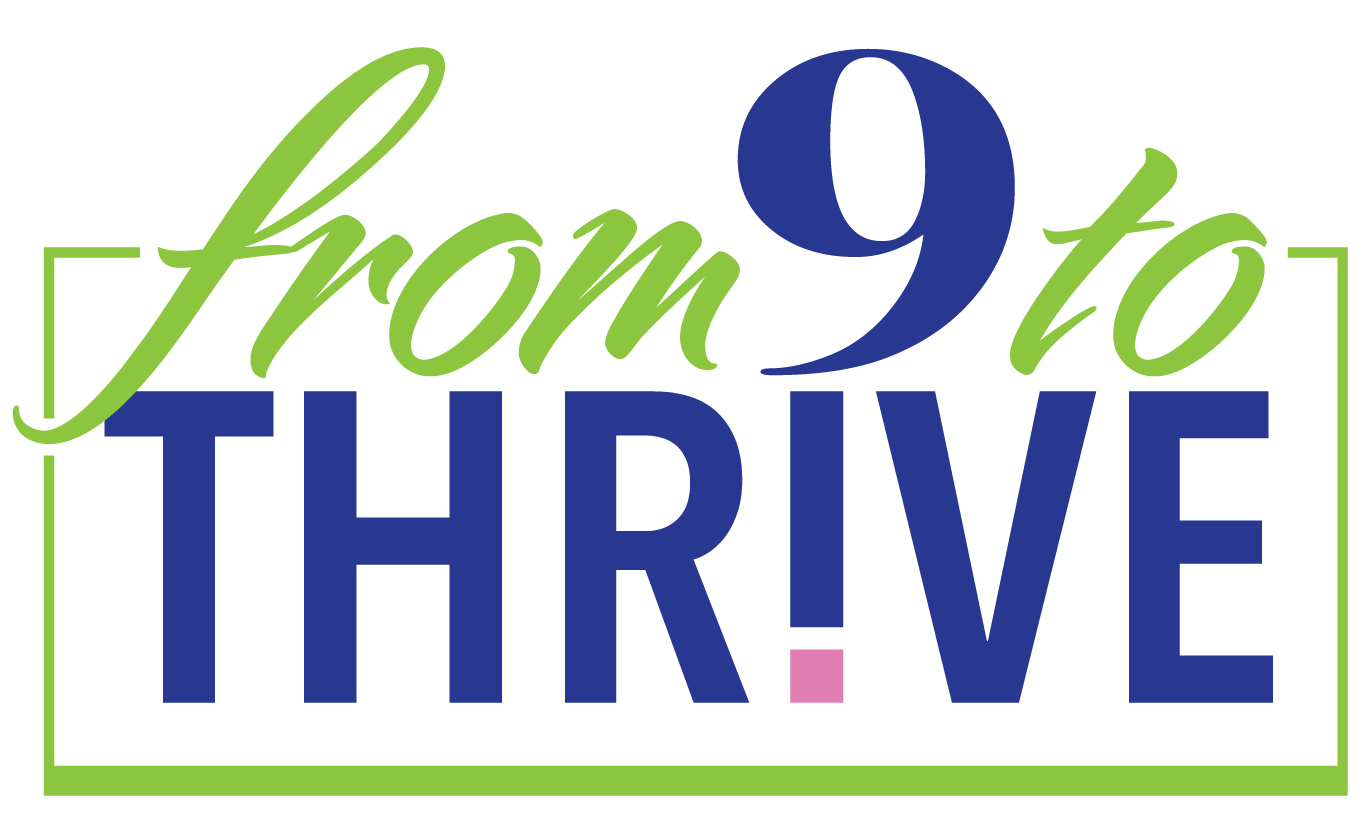Have you ever felt like your marketing was trying to shout into a void? You’ve spent hours crafting campaigns, tweaking your website copy, and posting on every platform imaginable, only to have your message fall flat? Yeah, me too.
That’s when I discovered Donald Miller’s “Building a StoryBrand,” and—well, everything changed. Suddenly, my marketing clicked, my messaging felt authentic, and instead of shouting into the void, I was having real conversations with my customers.
If you’re a small business owner or entrepreneur who’s tired of wondering why people don’t ‘get’ what you do (even though you know it’s freaking amazing), this blog will walk you through why the StoryBrand method works, how I applied it to my own business, and how you can do the same.
What Is the StoryBrand Method?
At its core, the StoryBrand method simplifies your business messaging by framing it like—wait for it—a story. (Shocking, I know!)
The key idea? Your customer is the hero of the story, not you. Think of it like Star Wars. Your customer is Luke Skywalker—brave, determined, but facing challenges. Your role? You’re Obi-Wan Kenobi (or Yoda, if you prefer). You’re the wise guide who gives them the tools and guidance to conquer their challenges and win the day.
Donald Miller breaks this into a clear framework, guiding you to:
- Define who your customer (the hero) is.
- Identify their problem.
- Position yourself as a trustworthy guide.
- Present your product or service as the plan.
- Show them what success looks like.
- Highlight the risks of not acting.
It’s simple, brilliant, and a complete game-changer.
How the StoryBrand Method Helped Me
I’ll be honest—I initially focused on me in my marketing efforts. My services, my credentials, my product features. Turns out, my customers didn’t care (ouch).
When I reframed my messaging around my customers’ challenges and desires, the results were immediate. Rather than pushing sales, I transitioned to helping customers solve their problems.
Here’s how I translated StoryBrand into action (and how you can too):
Step 1: Identifying My Hero (a.k.a. My Ideal Client)
Picture this—a frustrated professional, tired of corporate monotony and yearning for something more fulfilling. She’s daydreaming about escaping the 9-to-5 grind and creating a business that aligns with her passions.
Boom. That was my ideal client. She wasn’t lost or lazy; she was just stuck. She didn’t need to be ‘sold’ to—she needed guidance to move forward with confidence.
Step 2: Understanding and Clarifying Their Problem
Every hero has a problem. For my ideal client, it was the looming shadow of corporate culture—bosses dragging her back to the office after the freedom of remote work, endless meetings sucking away creativity, and a feeling of being trapped in someone else’s script.
But the problem wasn’t just external—it was internal too. She felt frustrated, undervalued, and unsure of how to make big decisions. And at its core, her deeper problem was the nagging worry that she was destined for more but didn’t know how to reach it.
Step 3: Stepping into My Role as the Guide
Cue me grabbing my cape (okay, maybe not literally, but you get it). I positioned myself as the guide Yoda to my clients’ Luke. Instead of telling them what to do, I shifted to helping them see what’s possible and showing them a clear, step-by-step path to get there.
I reworked my website, dropping sales-y language and replacing it with phrasing that reflected their struggles and aspirations. Guess what happened? People stopped scrolling past my content and started saying, “Wow, you’re describing exactly how I feel.”
Step 4: Presenting a Clear Plan
Donald Miller’s framework emphasizes the importance of presenting a clear plan. For me, this meant breaking down my workshops and coaching into actionable, bite-sized stages for my clients to follow.
I called it the Stages of Escape—because life, like marketing, isn’t linear. You align, you build, you launch, you pivot, you grow. (One client actually called it her “life GPS,” which I’m still kinda glowing about.)
Step 5 & 6: Painting the Picture of Success (And Failure)
Ah, here’s where the magic happened. I started showing my clients the life they could achieve if they took that leap. Freedom. Purpose. A business that fed their soul, not just their bank account.
But here’s the kicker—I also got real about the consequences of staying put. I painted the picture of what life would look like a year (or five) down the road if they didn’t take action. Think George Bailey in It’s a Wonderful Life, staring at the bleak, untapped version of his existence.
Spoiler alert? This resonated on a deep level.
The Results? Stronger Marketing and Happier Clients
By applying the StoryBrand framework to my business, I gained clarity in my messaging, connected with my audience on a deeper level, and—here’s the kicker—saw a significant spike in engagement and conversions.
When your clients feel seen and heard, you earn their trust. It’s not about tricking them into buying from you; it’s about guiding them toward solutions they already want (but might not know how to find).
How You Can Start Implementing the StoryBrand Framework
You’ve heard how this method worked wonders for me—now it’s your turn. Here’s a quick-start guide to applying it to your business:
- Identify your hero: Who is your ideal customer? What are their goals, challenges, and internal conflicts?
- Define the problem: What’s keeping them from reaching their goals? Think external issues (like budget constraints) and internal struggles (like doubt or fear).
- Be their guide: Show them you understand their challenges, and position your product or service as the key to overcoming them.
- Lay out a plan: Make it actionable and crystal clear.
- Show the stakes: Illustrate the success they’ll enjoy and the risks of staying stuck where they are.
- Simplify your messaging: Don’t get bogged down in jargon. Speak directly to your audience, like a friendly mentor offering advice over coffee.
Make Your Marketing a Story Worth Telling
If you’re still wondering if the StoryBrand method is worth it, I’ll just say this—it’s a game-changer. It doesn’t matter if you’re a solopreneur just starting out or a seasoned business owner looking to level up, this framework works.
Need help getting started? Check out Donald Miller’s Building a StoryBrand. Or better yet—head over to my Facebook group (click here) and join the conversation! Be sure to check out more of my tips and strategies here.
Your customers want to see themselves as the heroes of their story, and you? You’ve got everything you need to help guide them. It’s time to make your message crystal clear—and more importantly, unforgettable.
Happy storytelling,
– Michele

